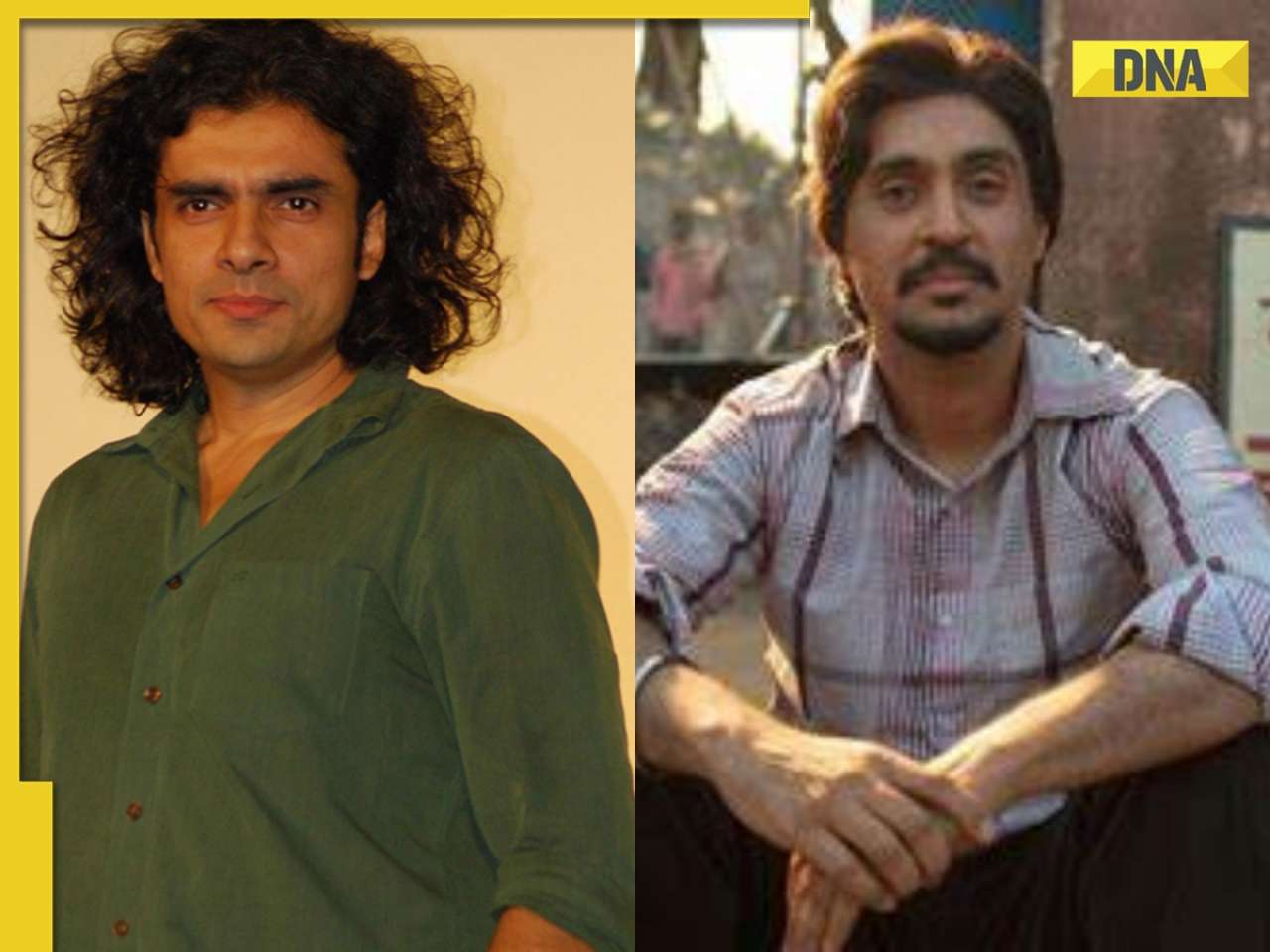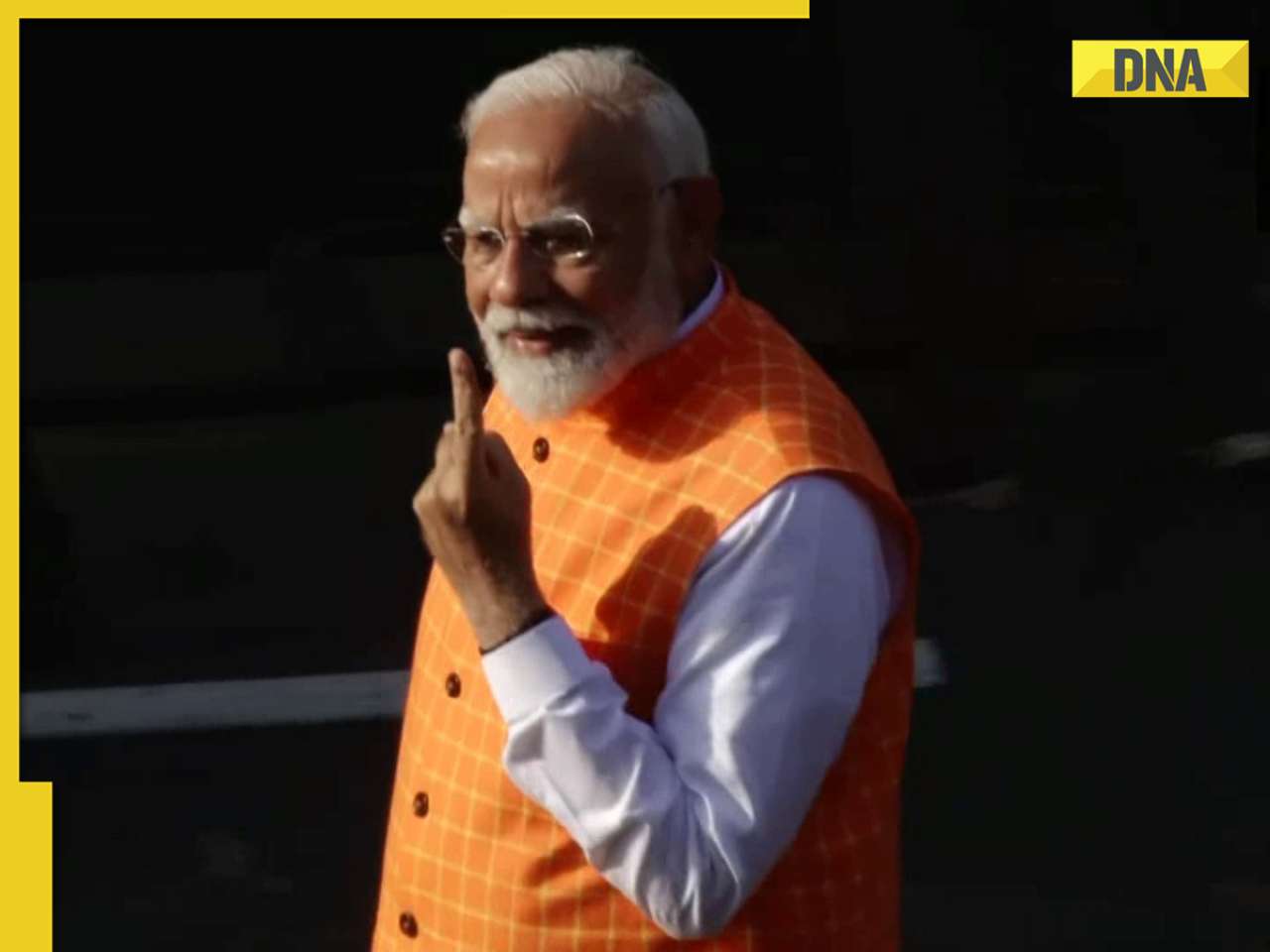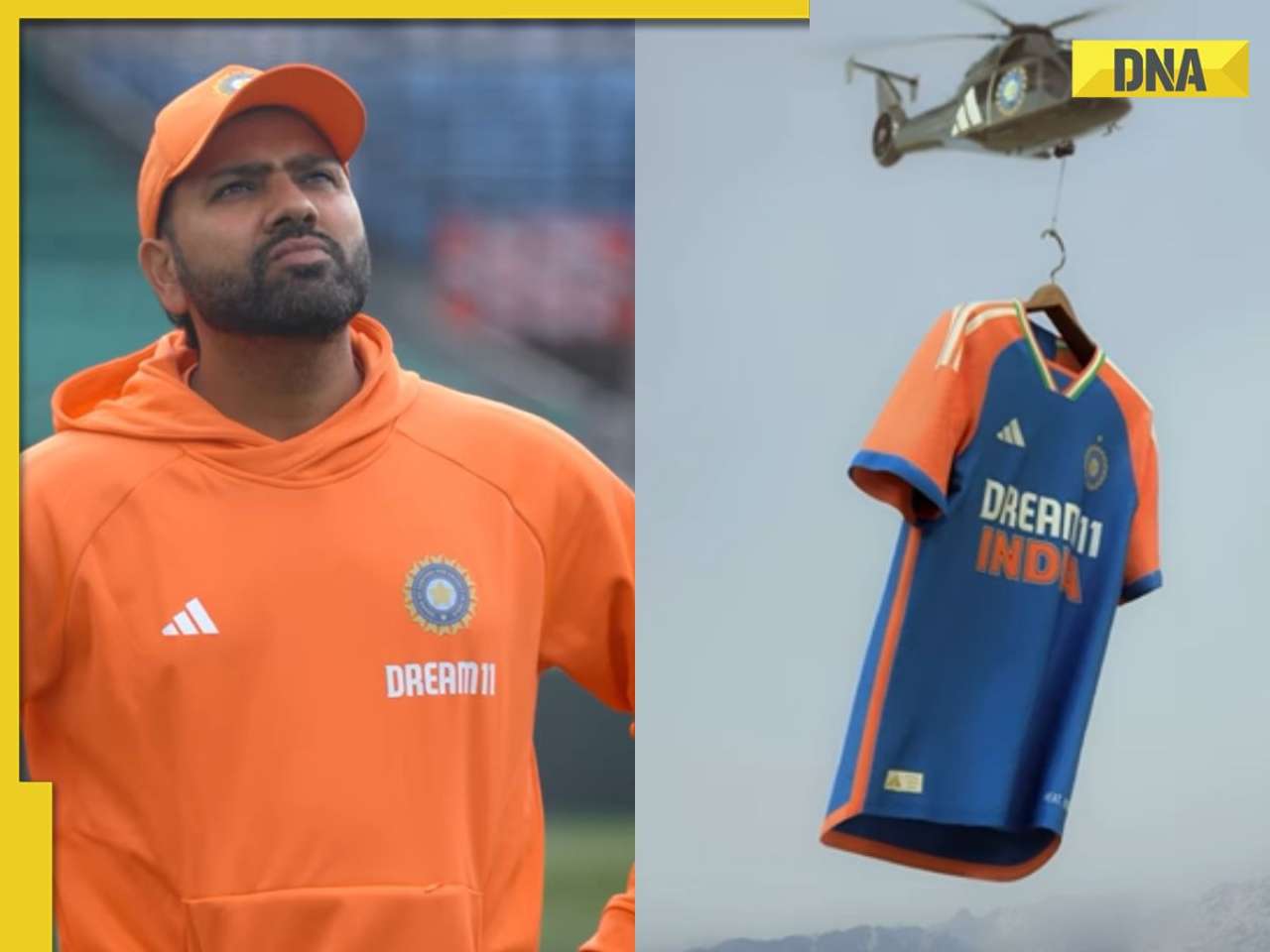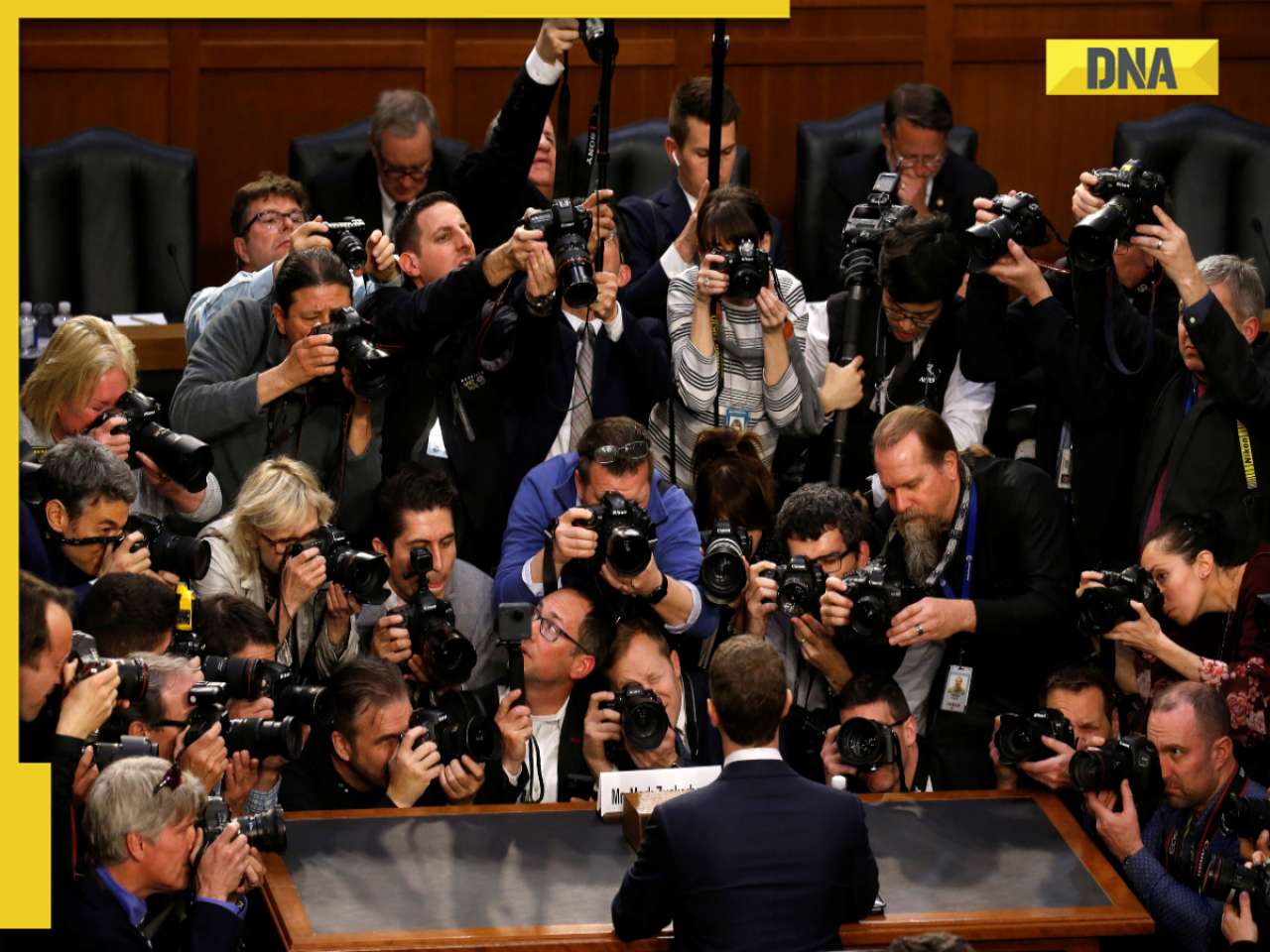Design is the foundation of all creativity. It's as important for us as an industry, as it is for our clients to understand that the solutions we create are business solutions, says Tim Greenhalgh.
Chairman and Chief Creative Officer of leading retail and brand consultancy Fitch, Tim Greenhalgh, steers the creative output of 13 multinational design studios, driving design standards and influencing the shape of brand and retail design worldwide. An awardwinning designer, Greenhalgh is widely published and believes designers have a responsibility to deliver experiences that enhance consumers’ lives at every point of interaction, and that the art of ‘brand storytelling’ is key to engaging modern consumers in our social age. In Delhi last fortnight to judge entries for the Kyoorius Design Awards, Tim Greenhalgh told P Karunya Rao that design about being able to peek into the future, calibrate consumer preferences, and provide solutions for a rapidly-changing world. Excerpts from an interview—
As Fitch has been in India for around a decade, you would have a good idea of the design and branding scene in India. But having judged entries for the Kyoorius Design Awards 2015, what is your view?
It was a fascinating two days. Judging is not about being judgmental; it's about finding the best work that celebrates our industry. We saw some outstanding work. There's a lot to celebrate in Indian design, and the work we saw, stands up on the world stage. It's very well-crafted, inventive and not ‘international’ for the sake of it. There's a real sense of Indian creativity in the work we saw.
And how would you say is Fitch doing in India?
Fitch has been in India for about 10 years, and we’ve been growing from strength to strength. We’re present in Mumbai and Delhi, and I think that we’ve matured as a business. When we first arrived, we were asked by clients to help them with new retail thinking. The retail scene in India has matured as has our design studio. We're now being asked harder and more difficult questions about helping clients. The stuff we’re doing here is vital and interesting. We’re seeing lots of fresh, new talent coming through the studio; it’s an ambition of mine to actually grow and nurture new talent, rather than simply hire new people.
India is, only now, beginning to appreciate that one needs to spend on design. Has it been the same in the rest of the world, or is this typical trait of a developing country?
It does seem to be. It's depressing because what we do as a business, should be valued. But we find in markets like India and other parts of Asia and South America, design is often seen as an add-on, rather than a fundamental. But there's no point crying out loud. We have to do what we have to do. All industries in the creative field need to prove their worth. What I am pleased about, though, is that there's a movement happening across the world where creativity is seen as something that businesses and clients need to foster and nurture. Clients expect creative solutions, not the same old, same old ,As long as we continue delivering great work, we can -- quite rightly -- charge more for that.
The sentiment is that while people can spend on advertising, design is considered a drain (on finances).
I don't agree with this kind of a mindset. Design is the foundation of all creativity. It's as important for us as an industry, as it is for our clients to understand that the solutions we create are business solutions. They're not a piece of wallpaper to make something look prettier. Advertising is a wonderful industry but the internal debate about advertising and design, is a nonsensical one because they're both important. There are times when design is more important than advertising, just as there are times when communicating a message through advertising is important. It's a rather manufactured debate.
Can you give us an example of how design and advertising has worked for a client?
We've done a lot of work with Vodafone. The work we've done on the physical stores ensures as vigorous and exciting a feeling you get from the advertising you see for Vodafone. And I can say the same in the case of Asian Paints. It's important that both advertising and design work together and not be seen as competition. We are a creative community and we should behave a certain way.
You're a supporter of contemporary design. You've created and developed design solutions for clients across Europe, US and Asia. How has your experience been with Indian design?
Working with different clients in different parts of the world can always be challenging. The key thing is to make sure that design is judged objectively and not subjectively. In India, if you wish to do groundbreaking work, we have to develop our people to get clients to say "maybe" rather than "no". Universally, clients like to say "no" first, before they say "maybe". We also have to understand the market because there's no point -- no matter which client you're working with -- if you don't know your customers’ culture. Because then, you’ll never know how best to pitch an idea. More than whether clients are different, good or bad, it's got to do with coming up with ideas and solutions that are both groundbreaking and relevant. And I think, that's true across the world. Indian clients aren’t any different from clients in the US or UK. In fact, the clients in Britain are more nervous and scared. Clients in India are sometimes much more ambitious, because if you think about the retail segment in the UK, they've got far too many buildings, far too much space. They've got a legacy of a century of retailing and they don't know what to do with it. They're way more cautious. What we find in India and China is that a lot of clients are taking a big leap into what's happening in the future, rather than try to repair what's happened in the past.
Having worked extensively on retail design, how do you think the needs of clients have evolved over time? And how do you ensure the optimum and strategic use of creativity to deliver results and drive growth?
Retail is a constantly-changing arena. More so in the last 20 years. Today, it's not about designing a better shop; it's about understanding the entire retail concept of which the store is just a part. Clients tend to look at the omni-channel world we’re living in while our designers are mainly trained to design stores and cash desks, which is now only a part of what we’re being asked to do. So this is a challenge. At Fitch, we're being increasingly asked not to just design a shop but also to help clients understand what the future of grocery or technology or automobile is. It's a bigger, more exciting challenge and requires a better understanding of the physical component, the human component and the digital component.
Which sector within retail has the most potential for creativity in design, and which is the most challenging?
The grocery industry has the potential to be even more exciting than what it is today. Online delivery has grown so exponentially, you don't know what's going to happen to the supermarkets. The same goes for fashion. Fashion stores are beautiful places to go to and experience, but what would they look like in 10 years? Also, what would be the future of a car showroom? While it's not a nightmare scenario for anyone, I think grocery is the most challenging one because of e-commerce. You just need to understand what consumers want, especially with a whole new generation of consumers coming in. It's a fascinating time.
Sectors like retail get hit by economic slowdowns, and now by online shopping and apps. While it’s obviously a business problem, do you think design-led branding can help make the brick-and-mortar stores more inviting?
I think the design industry needs to think and work differently from how it has in the past. We’re not recession-proof, but the physical store in future is going to be different. While stores will still be there because they’re a part of the fabric of society, in the future it's going to be about the experience. Recession may make physical real estate hard to manage in times of economic strife, or there may not be as much ‘physical’ retail. Designers will have to think in a much broader way. As much as we read about the idea of showrooming -- where people go to stores and then buy things online – research also indicates an opposite stream, where people are indulging in ‘web-rooming’. They see the things online and then come to the physical store to see and touch it. But it all means that design is the future and that design businesses have to change their outlook, broaden the skills and solutions they offer.
You've mentored young designers at several universities. What would be your tip to budding designers here? What can they do differently to get more global visibility?
One of the things we see is students coming out of courses with a lot of technical ability but not exercising their brain as much for imaginative thinking. As designers, we are trained to look at the world in a different way and I just want to make sure people don't leave college with a myopic view, without the ability to use their brain and eyes. I always pick people who have great eyes; those who see things in the world that others don’t.
In Association with MxMIndia.com
![submenu-img]() Indian-origin man says Apple CEO Tim Cook pushed him...
Indian-origin man says Apple CEO Tim Cook pushed him...![submenu-img]() Anil Ambani’s Rs 96500000000 Reliance deal still waiting for green signal? IRDAI nod awaited as deadline nears
Anil Ambani’s Rs 96500000000 Reliance deal still waiting for green signal? IRDAI nod awaited as deadline nears![submenu-img]() Most popular Indian song ever on Spotify has 50 crore streams; it's not Besharam Rang, Pehle Bhi Main, Oo Antava, Naina
Most popular Indian song ever on Spotify has 50 crore streams; it's not Besharam Rang, Pehle Bhi Main, Oo Antava, Naina![submenu-img]() Did Diljit Dosanjh cut his hair for Amar Singh Chamkila? Imtiaz Ali reveals ‘he managed to…’
Did Diljit Dosanjh cut his hair for Amar Singh Chamkila? Imtiaz Ali reveals ‘he managed to…’ ![submenu-img]() India's election process is an example for world's democracies: PM Modi after casting his vote
India's election process is an example for world's democracies: PM Modi after casting his vote![submenu-img]() DNA Verified: Is CAA an anti-Muslim law? Centre terms news report as 'misleading'
DNA Verified: Is CAA an anti-Muslim law? Centre terms news report as 'misleading'![submenu-img]() DNA Verified: Lok Sabha Elections 2024 to be held on April 19? Know truth behind viral message
DNA Verified: Lok Sabha Elections 2024 to be held on April 19? Know truth behind viral message![submenu-img]() DNA Verified: Modi govt giving students free laptops under 'One Student One Laptop' scheme? Know truth here
DNA Verified: Modi govt giving students free laptops under 'One Student One Laptop' scheme? Know truth here![submenu-img]() DNA Verified: Shah Rukh Khan denies reports of his role in release of India's naval officers from Qatar
DNA Verified: Shah Rukh Khan denies reports of his role in release of India's naval officers from Qatar![submenu-img]() DNA Verified: Is govt providing Rs 1.6 lakh benefit to girls under PM Ladli Laxmi Yojana? Know truth
DNA Verified: Is govt providing Rs 1.6 lakh benefit to girls under PM Ladli Laxmi Yojana? Know truth![submenu-img]() Alia Bhatt wears elegant saree made by 163 people over 1965 hours to Met Gala 2024, fans call her ‘princess Jasmine’
Alia Bhatt wears elegant saree made by 163 people over 1965 hours to Met Gala 2024, fans call her ‘princess Jasmine’![submenu-img]() Jr NTR-Lakshmi Pranathi's 13th wedding anniversary: Here's how strangers became soulmates
Jr NTR-Lakshmi Pranathi's 13th wedding anniversary: Here's how strangers became soulmates![submenu-img]() Streaming This Week: Heeramandi, Shaitaan, Manjummel Boys, latest OTT releases to binge-watch
Streaming This Week: Heeramandi, Shaitaan, Manjummel Boys, latest OTT releases to binge-watch![submenu-img]() Remember Ayesha Kapur? Michelle from Black, here's how actress, nutrition coach, entrepreneur looks after 19 years
Remember Ayesha Kapur? Michelle from Black, here's how actress, nutrition coach, entrepreneur looks after 19 years![submenu-img]() Remember Heyy Babyy's cute 'Angel' Juanna Sanghvi? 20 year-old looks unrecognisable now, fans say 'her comeback will...'
Remember Heyy Babyy's cute 'Angel' Juanna Sanghvi? 20 year-old looks unrecognisable now, fans say 'her comeback will...'![submenu-img]() DNA Explainer: Why Harvey Weinstein's rape conviction was overturned, will beleaguered Hollywood mogul get out of jail?
DNA Explainer: Why Harvey Weinstein's rape conviction was overturned, will beleaguered Hollywood mogul get out of jail?![submenu-img]() What is inheritance tax?
What is inheritance tax?![submenu-img]() DNA Explainer: What is cloud seeding which is blamed for wreaking havoc in Dubai?
DNA Explainer: What is cloud seeding which is blamed for wreaking havoc in Dubai?![submenu-img]() DNA Explainer: What is Israel's Arrow-3 defence system used to intercept Iran's missile attack?
DNA Explainer: What is Israel's Arrow-3 defence system used to intercept Iran's missile attack?![submenu-img]() DNA Explainer: How Iranian projectiles failed to breach iron-clad Israeli air defence
DNA Explainer: How Iranian projectiles failed to breach iron-clad Israeli air defence![submenu-img]() Most popular Indian song ever on Spotify has 50 crore streams; it's not Besharam Rang, Pehle Bhi Main, Oo Antava, Naina
Most popular Indian song ever on Spotify has 50 crore streams; it's not Besharam Rang, Pehle Bhi Main, Oo Antava, Naina![submenu-img]() Did Diljit Dosanjh cut his hair for Amar Singh Chamkila? Imtiaz Ali reveals ‘he managed to…’
Did Diljit Dosanjh cut his hair for Amar Singh Chamkila? Imtiaz Ali reveals ‘he managed to…’ ![submenu-img]() Watch: Arti Singh gets grand welcome at husband Dipak's house with fairy lights and fireworks, fans say '
Watch: Arti Singh gets grand welcome at husband Dipak's house with fairy lights and fireworks, fans say '![submenu-img]() Meet actress, who belongs to family of superstars, quit films after 19 flops, no single hit in 9 years; is still worth…
Meet actress, who belongs to family of superstars, quit films after 19 flops, no single hit in 9 years; is still worth…![submenu-img]() Meet star, TV’s SRK, who used to drink alcohol on set, one mistake ruined career; was jobless for 3 years, is now...
Meet star, TV’s SRK, who used to drink alcohol on set, one mistake ruined career; was jobless for 3 years, is now...![submenu-img]() IPL 2024: Suryakumar Yadav's century power MI to 7-wicket win over SRH
IPL 2024: Suryakumar Yadav's century power MI to 7-wicket win over SRH![submenu-img]() DC vs RR, IPL 2024: Predicted playing XI, live streaming details, weather and pitch report
DC vs RR, IPL 2024: Predicted playing XI, live streaming details, weather and pitch report![submenu-img]() Watch: Team India’s new jersey for T20 World Cup 2024 unveiled
Watch: Team India’s new jersey for T20 World Cup 2024 unveiled![submenu-img]() DC vs RR IPL 2024 Dream11 prediction: Fantasy cricket tips for Delhi Capitals vs Rajasthan Royals
DC vs RR IPL 2024 Dream11 prediction: Fantasy cricket tips for Delhi Capitals vs Rajasthan Royals![submenu-img]() IPL 2024: Kolkata Knight Riders take top spot after 98 runs win over Lucknow Super Giants
IPL 2024: Kolkata Knight Riders take top spot after 98 runs win over Lucknow Super Giants![submenu-img]() Indian-origin man says Apple CEO Tim Cook pushed him...
Indian-origin man says Apple CEO Tim Cook pushed him...![submenu-img]() Meet man whose salary was only Rs 83 but his net worth grew by Rs 7010577000000 in 2023, he is Mukesh Ambani's...
Meet man whose salary was only Rs 83 but his net worth grew by Rs 7010577000000 in 2023, he is Mukesh Ambani's...![submenu-img]() Job applicant offers to pay Rs 40000 to Bengaluru startup founder, here's what happened next
Job applicant offers to pay Rs 40000 to Bengaluru startup founder, here's what happened next![submenu-img]() Viral video: Family fearlessly conducts puja with live black cobra, internet reacts
Viral video: Family fearlessly conducts puja with live black cobra, internet reacts![submenu-img]() Woman demands Rs 50 lakh after receiving chicken instead of paneer
Woman demands Rs 50 lakh after receiving chicken instead of paneer






































)









)
)
)
)
)
)